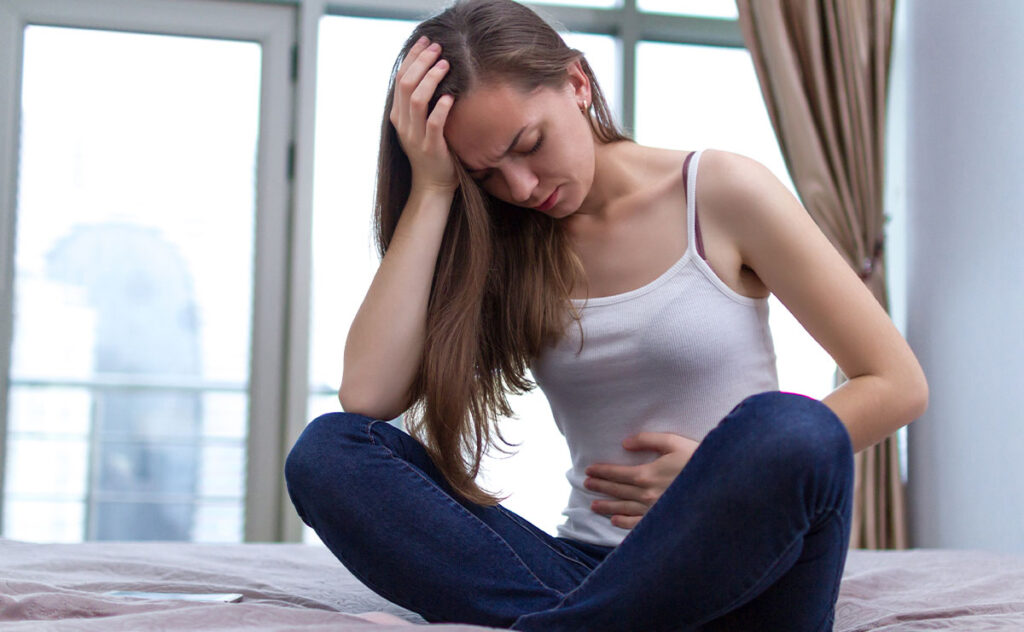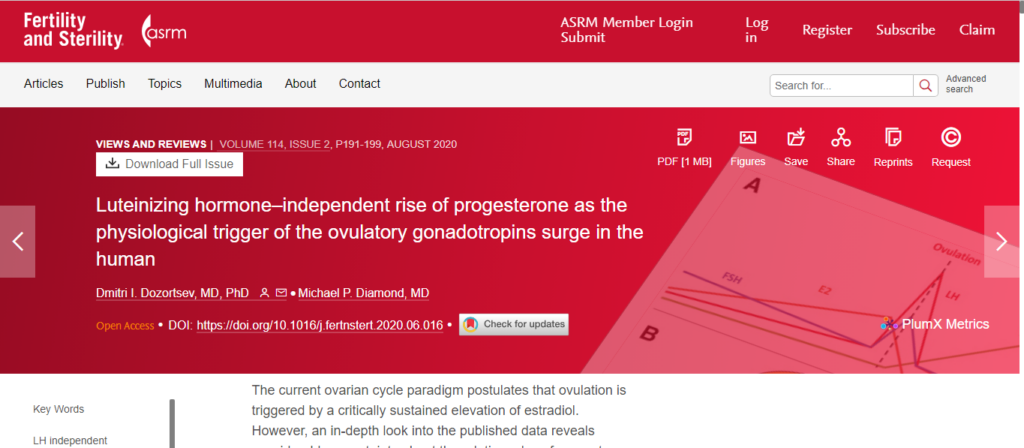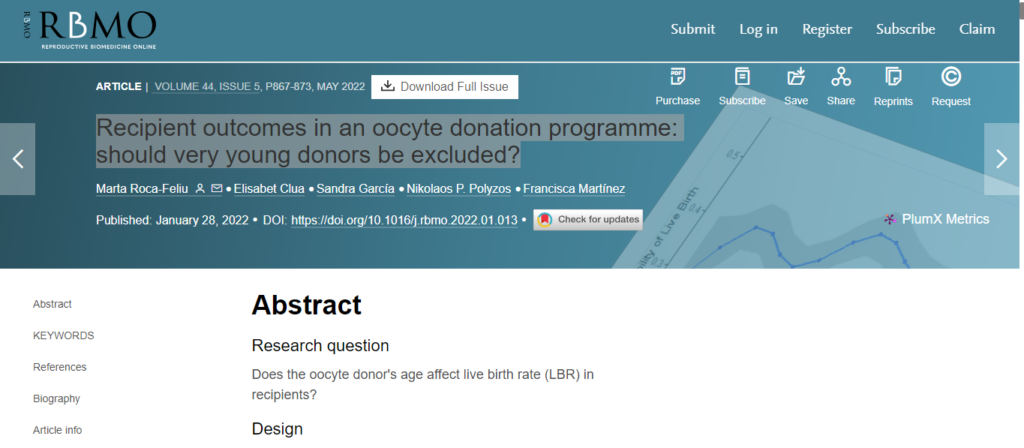What is Endometriosis?
Endometriosis is a common gynecological condition that affects 7-10% of women in the general population, and is seen in 38-50% of infertile women, and in 71-87% of women with chronic pelvic pain. The disorder is usually initially detected during the teenage years and peaks around the age of 40 years.
Endometriosis occurs when the cells that normally line the uterus (endometrium) enter the pelvis or bloodstream and attach to other organs. Endometrial cells have been seen in areas as distant as the lungs and brain, although they most commonly occur in the pelvic area. These endometrial implants can grow and damage the structures that they are attached to, leading to organ dysfunction. Endometriosis is often found on the fallopian tubes and can penetrate and obstruct these delicate structures.
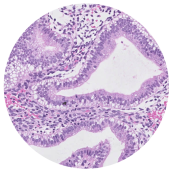
1. ENDOMETRIAL GLAND CELLS:
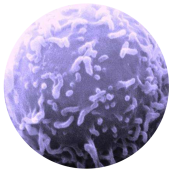
2. STROMAL CELLS:
Endometrial cells, which have receptors for both estrogen and progesterone, become implanted in organs and structures outside of the uterus. Responding to hormonal changes during the menstrual cycle, endometriosis patches bleed, causing pain and tissue scarring. These patches can be located in the peritoneum, ovaries, around the fallopian tubes, the gastrointestinal tract (12-37%), around the bladder (20%), and less commonly in the vagina.
Areas affected by endometriosis vary widely in size, shape, and color. They may be colorless, red, or very dark brown. The so-called chocolate cysts or endometriomas are filled with thick, old, dark brown blood and are located inside the ovaries.
Many theories about the cause of endometriosis focus on the possibility that this disorder represents a state of an impaired immune system, which allows the endometrial implants to invade and proliferate. Biopsies of endometriosis contain high levels of macrophages, which contain cytokines and prostaglandins. These factors produce inflammation and damage the surrounding tissues.
Other Factors
· Family History – There is a 10-fold increase in the incidence of endometriosis in women who have a mother or a sister with this disorder suggesting a potential genetic factor.
· Menstruation – Defined by the presence of endometrial glands and stroma outside the uterus. The most popular theory is retrograde menstruation with an altered immune response.
· Age – Begins in teenage years and peeks at age 40
6-10%
population
40-60%
dysmenorrhea
33%
pelvic pain
30-45%
infertility
Endometriosis
Learning Center
Learn more about Endometriosis. If you have questions, we have the answers.


